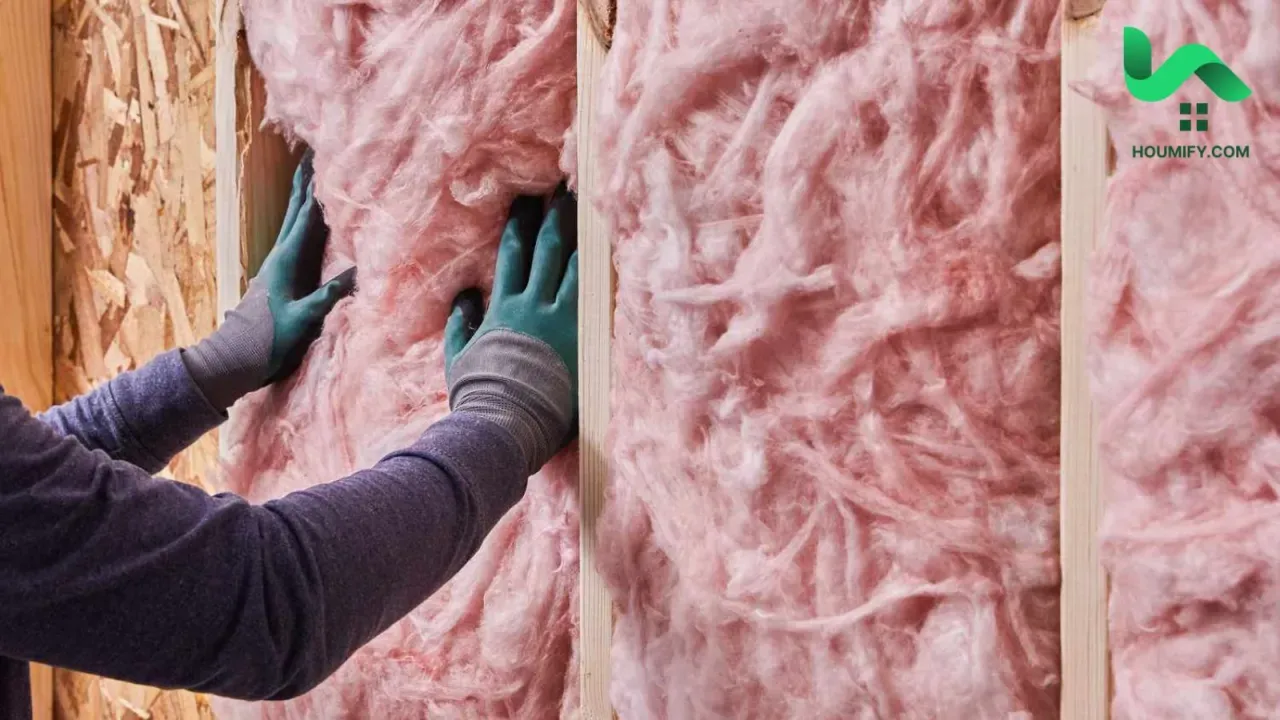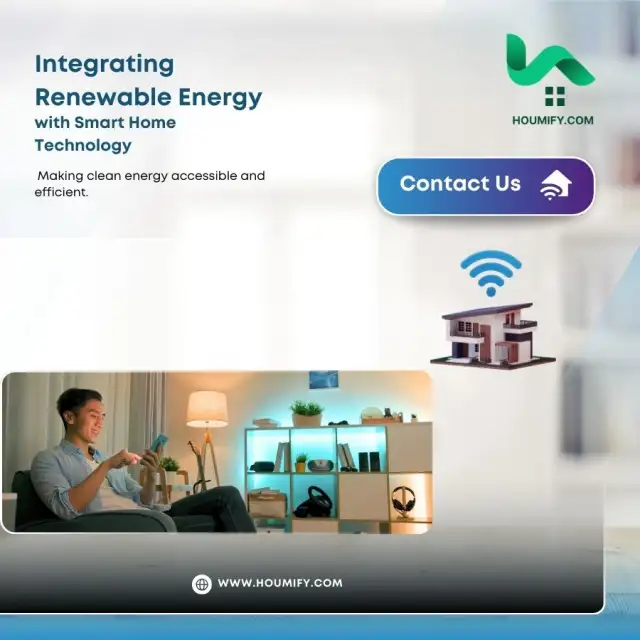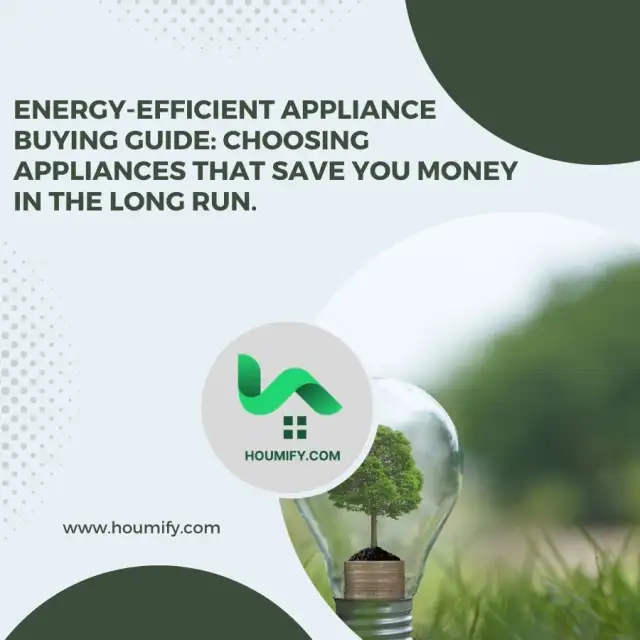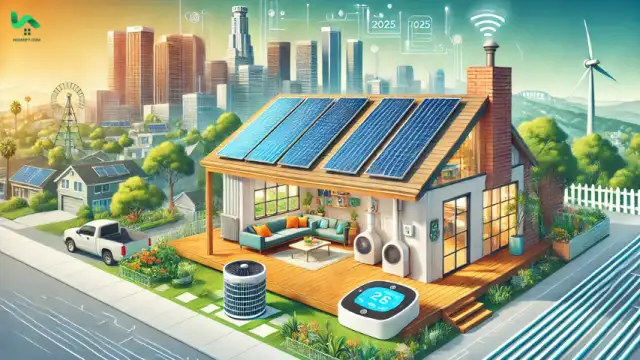The Benefits of Insulation and Weatherization: Lower energy bills and increased comfort with proper insulation.
The Benefits of Insulation and Weatherization: Lower Energy Bills and Increased Comfort with Proper Insulation
With rising energy costs and growing concerns about climate change, adopting energy-efficient solutions is more important than ever. Insulation and weatherization are two of the most effective ways to achieve this. They reduce energy waste, improve comfort, and contribute to a more sustainable future. But what exactly do these measures involve, and how can they benefit your home or business?
This article explores the comprehensive advantages of insulation and weatherization, explaining how they work, the different types available, and how you can maximize their benefits through financial incentives. By the end, you'll understand why these upgrades are essential and how to start your energy-saving journey.
The Science Behind Insulation: Why It Matters
Insulation is the foundation of energy efficiency. It works by slowing down the transfer of heat between the inside and outside of your home. This means your home stays warmer in winter and cooler in summer, reducing the strain on heating and cooling systems..

The Key Benefits of Insulation
1. Reduced Energy Costs
Insulation minimizes heat exchange, which means your HVAC system doesn’t have to work as hard. This translates to significant savings on your energy bills.
- Example: According to the U.S. Department of Energy, homeowners can save up to 15% on heating and cooling costswith proper insulation.
2. Enhanced Comfort
Well-insulated homes maintain a consistent indoor temperature, eliminating cold spots or hot zones that make your living space uncomfortable.
3. Noise Reduction
Insulation also serves as a sound barrier, reducing noise from outside or between rooms within your home.
4. Environmental Impact
By consuming less energy, insulated homes contribute to lower greenhouse gas emissions, helping combat climate change.
Weatherization: The Perfect Companion to Insulation
While insulation addresses the bulk of energy loss, weatherization complements it by tackling air leaks and inefficiencies in your home's envelope. Together, they provide a comprehensive solution for energy efficiency.
What Is Weatherization?
Weatherization involves making targeted improvements to seal your home and reduce energy waste. Common measures include:
- Caulking and Weatherstripping: Seal gaps around doors, windows, and other openings.
- Installing Storm Windows: Add an extra layer of protection against drafts.
- Fixing Ductwork Leaks: Ensure that your HVAC system operates at peak efficiency.
- Improving Ventilation: Maintain proper airflow to prevent moisture buildup and ensure indoor air quality.
Why Weatherization Is Critical
Even the best insulation won’t be fully effective if air leaks compromise your home's thermal envelope. Weatherization addresses these weaknesses, ensuring maximum energy efficiency and comfort.
Types of Insulation: Finding the Right Fit for Your Home
Not all insulation is created equal. The type you choose will depend on your home's design, climate, and specific energy goals.
1. Fiberglass Insulation
- Description: Made from fine glass fibers, this is the most common type of insulation.
- Advantages: Affordable and easy to install.
- Applications: Walls, attics, and floors.
2. Spray Foam Insulation
- Description: Expands to fill gaps and hard-to-reach spaces, providing an airtight seal.
- Advantages: High R-value (thermal resistance) per inch, excellent for air sealing.
- Applications: Irregularly shaped spaces, basements, and crawlspaces.
3. Cellulose Insulation
- Description: Made from recycled paper products, treated for fire and pest resistance.
- Advantages: Eco-friendly and effective for noise reduction.
- Applications: Attics and walls.
4. Reflective or Radiant Barrier Insulation
- Description: Reflects radiant heat rather than absorbing it.
- Advantages: Ideal for hot climates to keep homes cooler.
- Applications: Attics, especially under the roof.
Financial Benefits: Maximizing Savings Through Rebates and Incentives
Investing in insulation and weatherization doesn’t just save money on energy bills—it can also qualify you for various financial incentives.
Federal and State Rebates
Many governments and utility companies offer rebates and tax credits for energy-efficient home improvements.
- Example: The Residential Clean Energy Creditprovides a 30% tax creditfor energy-efficient upgrades, including insulation.
- Tip: Check local utility providers for state-specific incentives.
Increased Home Value
Energy-efficient homes are more attractive to buyers, often commanding higher resale values.
Long-Term Savings
The upfront cost of insulation and weatherization pays for itself through reduced energy bills and lower maintenance costs for HVAC systems.
How to Get Started
Taking the first step toward improving your home’s energy efficiency is easier than you think.
Step 1: Conduct an Energy Audit
Hire a professional to assess your home’s current insulation and identify air leaks. Many utility companies offer this service for free or at a reduced cost.
Step 2: Choose the Right Insulation and Weatherization Measures
Based on the audit, select the type of insulation and weatherization improvements that best fit your home’s needs and budget.
Step 3: Hire Certified Professionals
While some tasks, like sealing small air leaks, can be DIY, larger projects are best handled by certified contractors to ensure proper installation.
Step 4: Apply for Rebates
Gather necessary documentation, such as receipts and energy audit reports, to claim available rebates and tax credits.

Conclusion: Insulation and Weatherization Are Smart Investments
Insulation and weatherization are not just about reducing energy bills—they’re about creating a more comfortable, sustainable, and valuable home. By addressing heat loss, air leaks, and energy inefficiencies, you can enjoy year-round comfort, significant savings, and the peace of mind that comes from reducing your environmental impact.
Start Today: Conduct an energy audit, explore rebate programs, and take the first steps toward a more energy-efficient home. Share this guide with friends and family to help them save money and live sustainably too!
Learn more:





